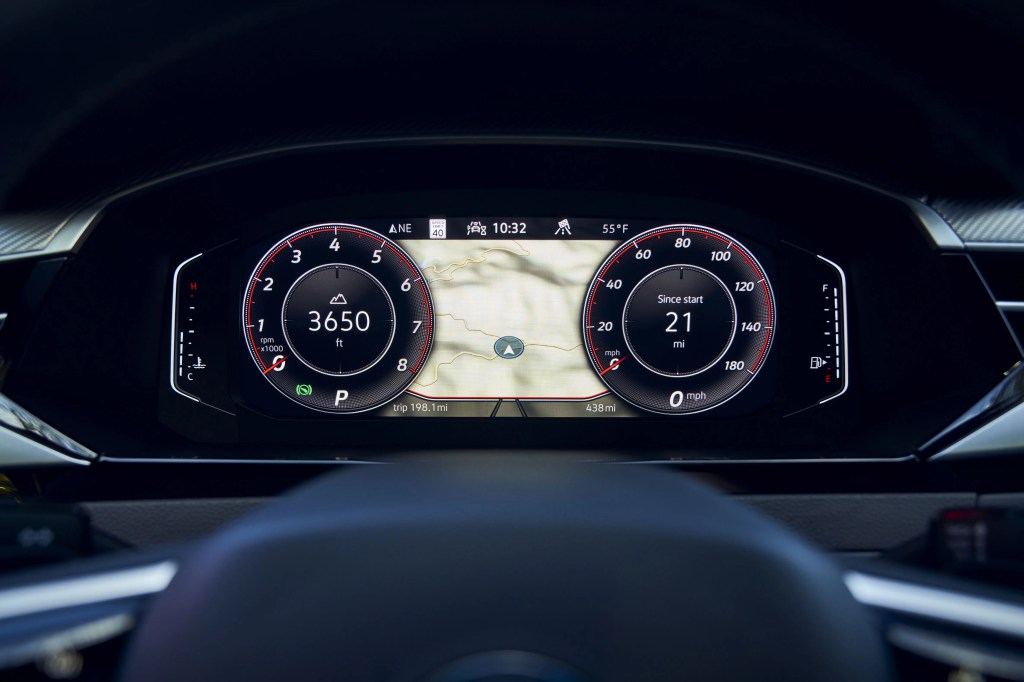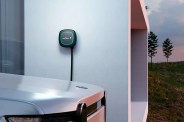Forgetting which side of the car your fuel tank is on can be one of the most embarrassing automotive faux pas you can make. Making it worse, it’s a mistake you have to stew in, blushing as everyone watches you awkwardly return to the driver’s seat, drive around the pumps to reorient your vehicle, and then try to get back out and fill up as though nothing happened. It’s a Larry David level of awkwardness.
And don’t think it can’t happen to you. Sure, you might know your trusty ride by muscle memory, but what about if you’re renting a car? Borrowing a buddy’s vehicle? Buying a new car? Or what if, hypothetically, you’re a car journalist driving around a new test car every week and never remember to check before you get in the car for the first time?
Making it worse, automakers have never reached of a consensus about which side to use. Manufacturers like Ford or Nissan are tank-side agnostic, an individual vehicle’s packaging to determine which side to fill the fuel on. Volkswagen told Jalopnik that it puts fuel fillers on the right side of passenger cars for safety reasons; it sells mostly left-hand-drive cars, and filling up with a jerry can on the left would leave the owner standing in traffic.
(Some economists have proposed the gas tank side conundrum as a case study for equilibrium. Essentially, if manufacturers tried to standardize the tank on the right side, right-sided pumps at gas stations would be clogged, which would then incentivize some manufacturers to put fuel fillers on the left for a competitive advantage, putting us back at the state of affairs we have now.)
Whatever the reasons are for gas tanks being on different sides, there is a surprisingly easy way to tell which side your tank is on — even easier than looking at it beforehand and remembering, in fact.








